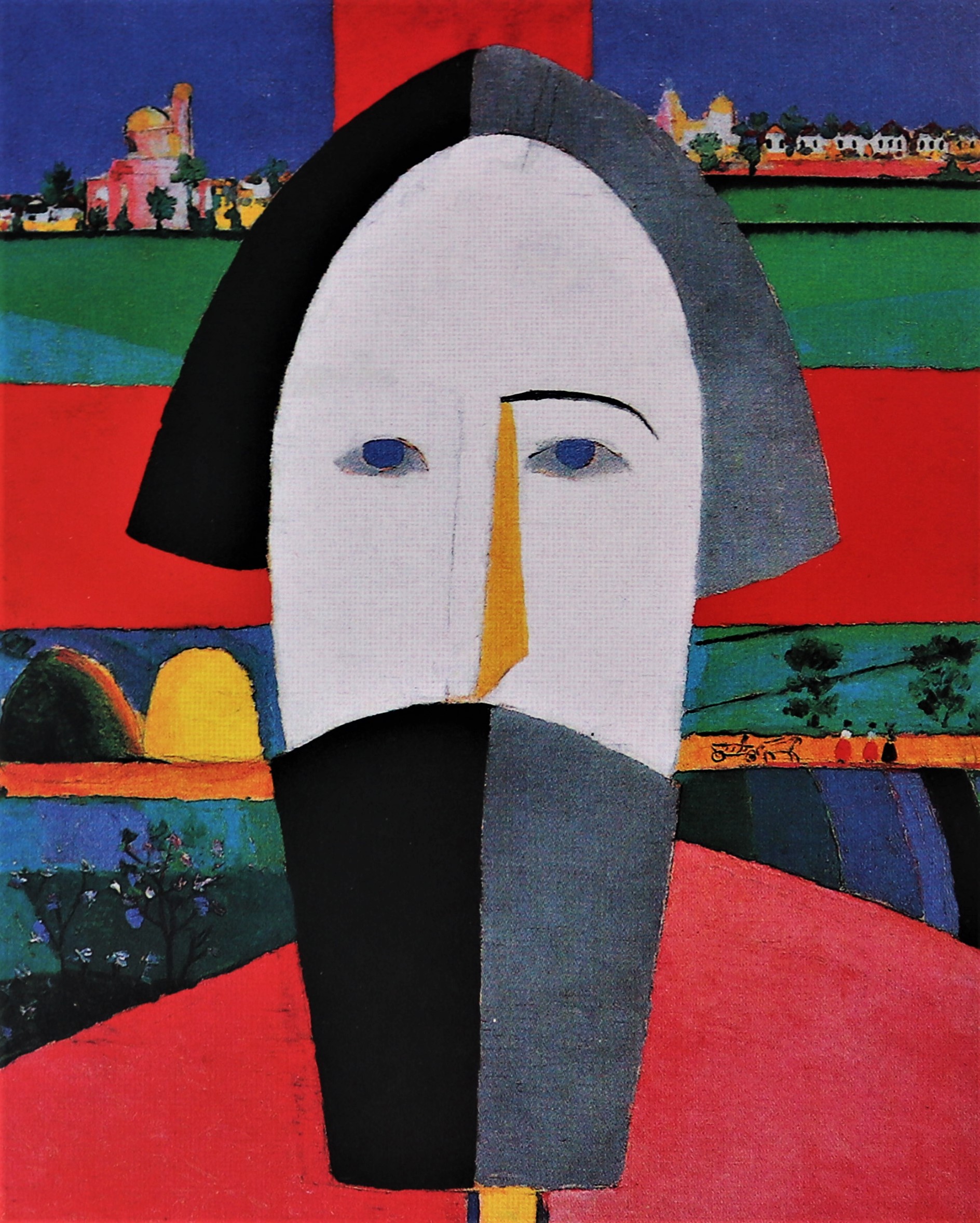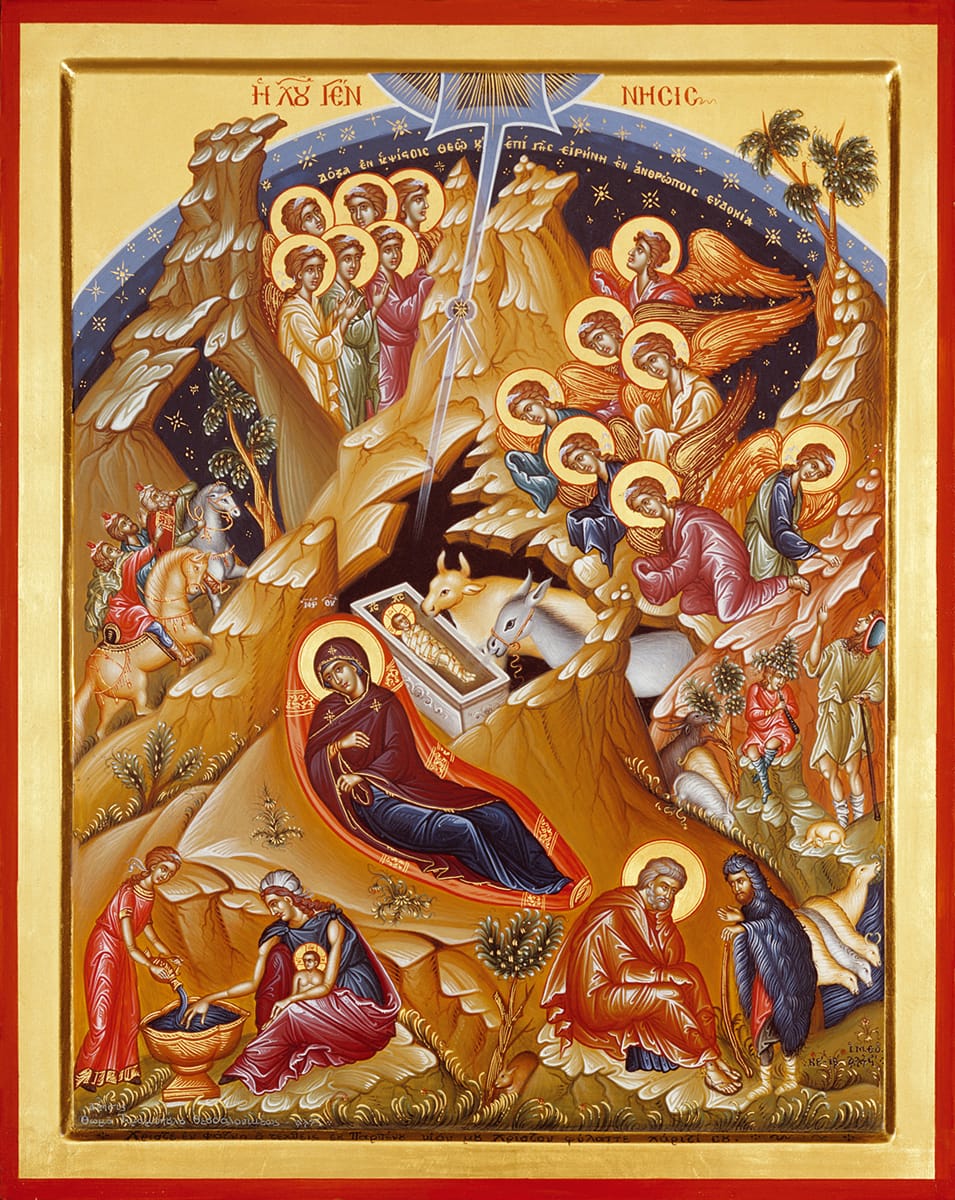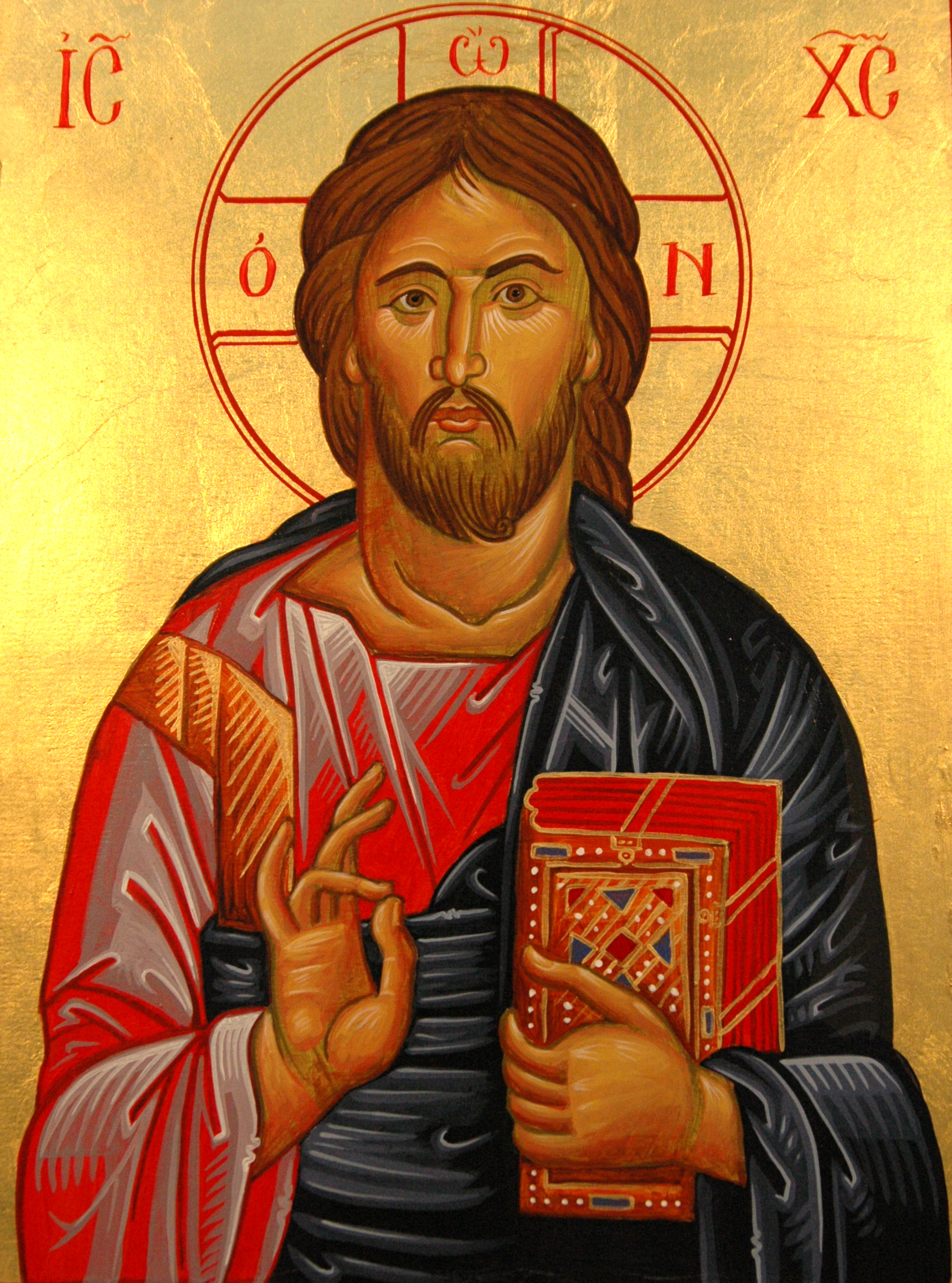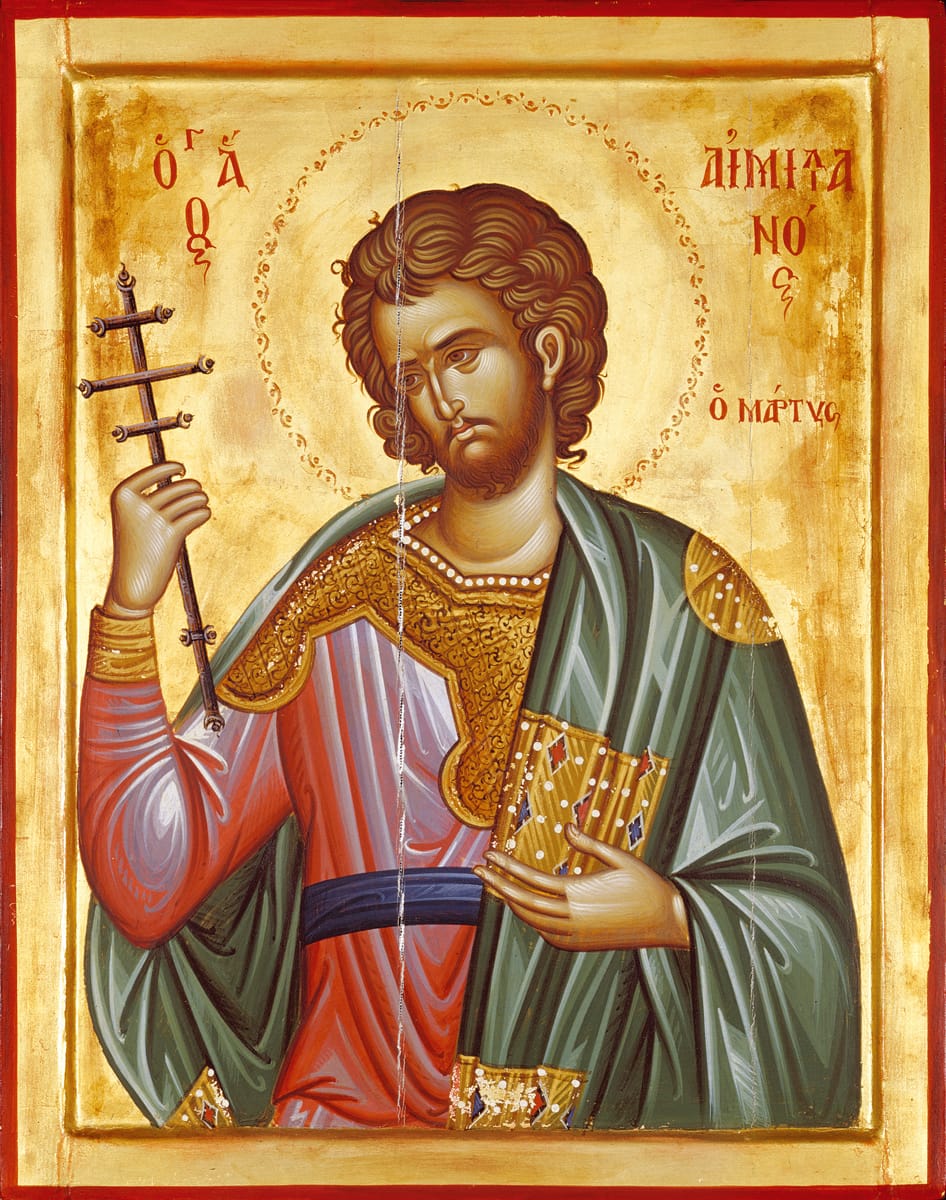Colorful Outsider Art Icon Painting Intuitive Spiritual Etsy in 2021 Etsy art, Painting, Art
rules of icon painting American Association of Iconographers
The Holy Virgin in the Bulgarian icon-painting tradition published on 9/4/12 8:35 AM The Virgin Odigitria with the Prophets - 16th c, Nessebar Photo: pravoslavieto.com On 8 September the Bulgarian Orthodox Church celebrates one of its biggest feasts, the Nativity of the Blessed Virgin Mary.

Oils, Icon, Painting, Art, Art Background, Painting Art, Kunst, Paintings, Performing Arts
When art historians talk about icons today, they often mean portraits of holy figures painted on wood panels with encaustic or egg tempera, like this tempera icon of Christ from fourteenth-century Thessaloniki. But the Byzantines used the term icon more broadly, as this statement made by Church authorities in 787 C.E. shows:

The AvantGarde Icon Russian AvantGarde Art and the Icon Painting Tradition by Spira, Andrew
Learn How to Paint Byzantine style Icons using egg tempera paint and gold leaf gilding. Best introductory courses for improving painting skills and learning about Icons.. these icon painting classes teach painting with egg tempera and natural pigments in the Byzantine tradition. Each live class is recorded and made available for students for.
The Icon Painting Tradition and Modern Art Hermeneutical Considerations Orthodox Arts Journal
GREEK ; ICON PAINTING BY J. STUART HAY AN D LEONARD BOWER. HE leading idea which permeates the fourth crusade and the capture of Constan- Byzantine painting throughout the tinople. What could be carried away centuries is religious tradition, installed in the monasteries of Mount Athos, which, although limiting individual in Epirus, and somewhat.

Colorful Outsider Art Icon Painting Intuitive Spiritual Etsy in 2021 Etsy art, Painting, Art
Theophanes transplanted a completely different icon painting tradition to Russian soil. His style is quick, passionate and almost schematic, drastically contrasting with the soft and well.
Online icon painting course. Christ Pantocrator. Byzantine Iconography
In painting the icons for the church, Vasilii Polenov, Ilya Repin and Apollinarii Vasnetov might be said to have pioneered in the reevaluation of Russia's most ancient artistic tradition.

Icon Painting Ormylia Monastery
Icons are traditionally painted on a wooden board with egg tempera, which needs to be applied to a firm surface to prevent it from cracking upon drying. The wooden panel is usually prepared with several coats of white gesso (a thick preparation of white pigment, such as gypsum, in an adhesive base).

Icon Painting Hosted By Syracuse Artist
Symbolic Art Despite its pictorial educational function, iconography in the classical Orthodox tradition is a symbolic art, rather than a naturalistic one. To put it another way, in Byzantine art, icon figures were represented in a manner that emphasized their holiness rather than their humanity.

Icon Painting Ormylia Monastery
The Byzantine icon tradition carries on in the present, especially in Greece, Russia, and eastern Europe, though it is present all throughout the world.. The work is clearly and deeply rooted in the very long icon-painting tradition, but like many icon painters before her, Anderson finds a way to create something new out of a very well-worn.

Icon painting Art and Culture
In his work we find a clear example of the convergence between the icon painting tradition and the non-naturalist, primitivist concerns of early modernism. In 1912 the British art critic Roger Fry (1866-1934)—who considered Byzantine art as an important precursor to the avant-garde painting of his day—included Stelletsky in his Second Post.
Pin on Icon Painting Process
The icon painting tradition developed in Byzantium, with Constantinople as the chief city. We have only a few icons from the eleventh century and no icons dating from the two centuries that preceded it, firstly because of the Iconoclastic reforms during which many were destroyed, secondly because of plundering by Venetians in 1204 during the.

It's a handmade orthodox holy icon, painted in 2016 according to the ancient Byzantine icon
The Icon Painting Tradition and Modern Art: Hermeneutical Considerations By Federico José Xamist on April 21, 2016 To articulate what is past does not mean to recognize 'how it really was'. It means to take control of a memory, as it flashes in a moment of danger. Walter Benjamin Contemporary icon by the author.

The AvantGarde Icon Russian AvantGarde Art and the Icon Painting Tradition by Spira, Andrew
The tradition of icon painting first arrived in Kievan Rus, the precursor to the Russian state, after its conversion to Orthodox Christianity in AD 988. Russian icons typically depict a religious.
Free Icon Painting
An icon (from Ancient Greek εἰκών (eikṓn) 'image, resemblance') is a religious work of art, most commonly a painting, in the cultures of the Eastern Orthodox, Oriental Orthodox, and Catholic churches. They are not simply artworks; "an icon is a sacred image used in religious devotion". The most common subjects include Christ, Mary, saints and angels.
Free Icon Painting
Today, the old traditions are being carried out by a small group of dedicated iconographers.. Gradually, nationally distinctive traits were formed in native icon painting," explains Prof. Rostislava Todorova-Encheva, lecturer at the Department of Visual Arts at The Constantine of Preslav University of Shumen. Developed over the centuries.
Icon Painting Class
According to Orthodox Tradition, which is declared by the Seventh Ecumenical Council and the fathers of the iconoclastic era, icon painting is an art with specific goals and character. As defined by St. Photius, patriarch of Constantinople, icon painting uses the media of art and, following the Tradition of the Church, its goal is to render the.